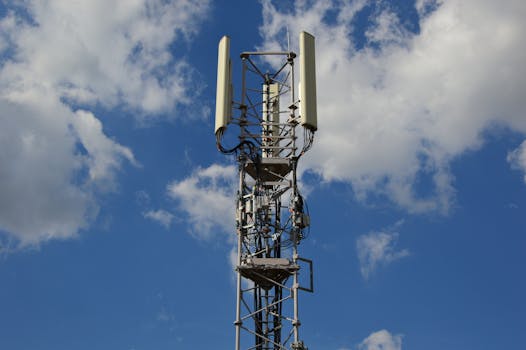GEO Satellites: Understanding the Technology Behind Geostationary Orbit
GEO satellites are a crucial part of modern telecommunications, providing internet connectivity and broadcasting services to millions of people around the world. In this article, we’ll delve into the technology behind geostationary orbit and explore the benefits and challenges of GEO satellites.

GEO Satellites: Understanding the Technology Behind Geostationary Orbit
GEO satellites, or geostationary satellites, are a type of satellite that orbits the Earth at an altitude of approximately 36,000 kilometers. GEO satellites are stationed above the equator, where they can maintain a fixed position relative to a particular point on the Earth’s surface. This allows them to provide continuous coverage of a specific region, making them ideal for applications such as telecommunications, weather forecasting, and television broadcasting.
The concept of geostationary orbit was first proposed by science fiction writer Arthur C. Clarke in 1945. Clarke suggested that a satellite in geostationary orbit could be used to relay communications signals between different parts of the world. The first geostationary satellite, Syncom 2, was launched in 1963, and it paved the way for the development of modern GEO satellites.
How GEO Satellites Work
GEO satellites work by using a combination of propulsion systems and gravity to maintain their position in geostationary orbit. The satellite is first launched into a temporary orbit, and then it uses its propulsion system to ascend to geostationary altitude. Once it reaches its final position, the satellite uses a system of solar panels and batteries to generate power, and it begins to transmit and receive signals to and from Earth.
The signals transmitted by a GEO satellite are received by a network of ground stations, which then relay the signals to their final destination. This allows GEO satellites to provide a wide range of services, including internet connectivity, television broadcasting, and mobile phone networks. The use of GEO satellites has revolutionized the way we communicate, and it has enabled the development of many modern technologies that we take for granted.
Benefits and Challenges of GEO Satellites
The benefits of GEO satellites are numerous. They provide a reliable and efficient way to transmit signals over long distances, and they can be used to reach remote or underserved areas. GEO satellites are also relatively low maintenance, as they can operate for many years without the need for refurbishment or replacement.
However, there are also some challenges associated with GEO satellites. One of the main challenges is the risk of satellite failure, which can have significant consequences for the services that rely on them. Additionally, the launch and operation of GEO satellites can be expensive, and it requires a significant amount of resources and infrastructure. The increasing amount of space debris in geostationary orbit is also a major concern, as it can pose a risk to the safety and operation of GEO satellites.
Future of GEO Satellites
Despite the challenges, the future of GEO satellites looks bright. Advances in technology are making it possible to build more efficient and cost-effective satellites, and new applications such as satellite-based internet services are being developed. The use of GEO satellites is also becoming more widespread, with many countries and organizations launching their own satellites to provide a range of services.
In conclusion, GEO satellites are a crucial part of modern telecommunications, and they have revolutionized the way we communicate. While there are challenges associated with their use, the benefits of GEO satellites make them an essential tool for many applications. As technology continues to evolve, it is likely that we will see even more innovative uses of GEO satellites in the future.




